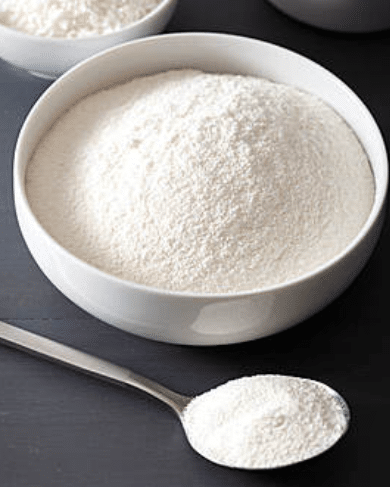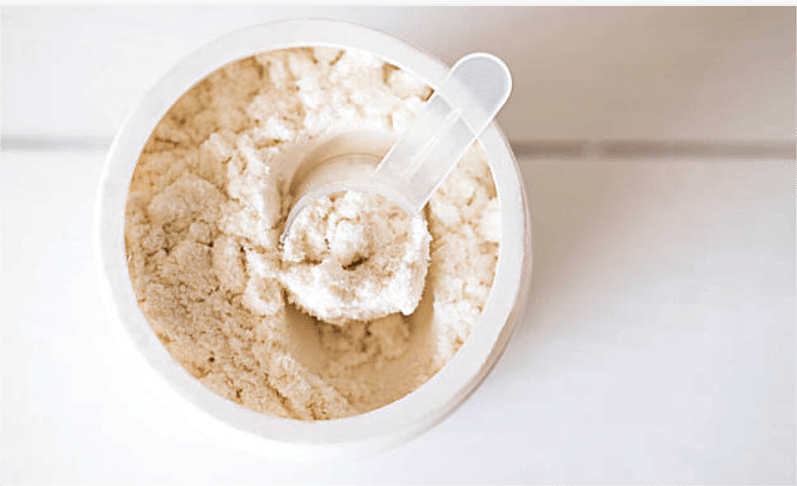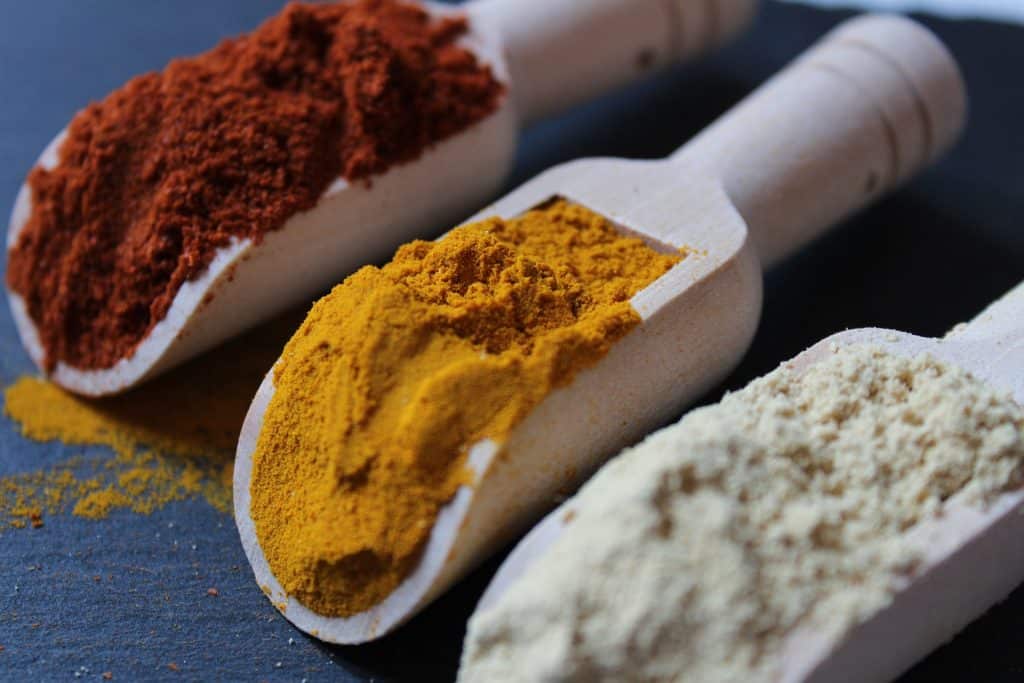Comparing Chondroitin Sulfate and MSM: A Detailed Analysis for B2B Decision-Makers
In the world of dietary supplements, sourcing the right ingredients is crucial for creating effective health products. Chondroitin sulfate and methylsulfonylmethane (MSM) are two popular additives, particularly known for their joint health benefits. This analysis aims to provide a comprehensive comparison of chondroitin sulfate vs. MSM, focusing on their efficacy, safety, production processes, and market applications. By understanding the strengths and weaknesses of each ingredient, businesses can make well-informed procurement decisions.
Basic Information Overview
- Aliases: Chondroitin sulfate powder, sodium chondroitin sulfate.
- Latin Name: Chondroitin sulfate does not have a direct Latin equivalent but is derived from animal cartilage.
- CAS Number: 9007-28-7.
- Production Standards: USP (United States Pharmacopeia) and European Pharmacopoeia standards.
- Appearance: Typically a white to off-white powder.
- Taste: Mild, slightly salty.
- Production Solvents: Mainly water during the extraction and purification phases.
- Common Specifications: Standardized to contain 85-90% chondroitin sulfate with varying molecular weights.
- HS Code: 1302.19 (other plant and vegetable saps and extracts).
- Shelf Life: Approximately 2-3 years when stored properly.
- Storage Conditions: Should be kept in a cool, dry place, away from moisture.
- Packaging Sizes: Available in 1 kg, 5 kg, or bulk packaging.
MSM (Methylsulfonylmethane)
- Aliases: MSM powder.
- Latin Name: No specific Latin name; it is a natural sulfur compound found in living organisms.
- CAS Number: 67-71-0.
- Production Standards: Follows GMP (Good Manufacturing Practices).
- Appearance: White crystalline powder.
- Taste: Bitter, sometimes slightly sweet depending on the process used.
- Production Solvents: Water or alcohol may be used for crystallization.
- Common Specifications: Generally contains around 99.9% MSM.
- HS Code: 2930.90 (alkaloids, natural or synthetic).
- Shelf Life: Typically about 3 years.
- Storage Conditions: Keep in a cool, dry environment, protected from light.
- Packaging Sizes: Commonly found in 1 kg, 5 kg, and bulk containers.
Historical Background
Chondroitin Sulfate Chondroitin sulfate has been used in dietary supplements since the 1980s. It emerged from studies focusing on cartilage health and joint function. Initially, attention turned to its role in osteoarthritis management, where it has shown promise in clinical trials. Researchers recognized its ability to help maintain cartilage integrity and promote joint mobility.
MSM MSM gained popularity in the 1990s, primarily as a natural treatment for joint pain and inflammation. Derived from DMSO (dimethyl sulfoxide), it was initially used in veterinary medicine before moving into the human health market. Studies began to unveil its potential benefits for reducing inflammation and discomfort associated with osteoarthritis and other inflammatory conditions.
Common Forms in the Market
Both chondroitin sulfate and MSM are predominantly available in powder form, which makes them versatile for various applications, such as dietary supplements, functional foods, and beverages. While MSM can also be found in topical formulations, chondroitin sulfate primarily appears in oral supplements.
Auxiliary Ingredients Used in Production
In producing these ingredients, several auxiliary materials are often employed:
- Chondroitin Sulfate: May include stabilizers or antioxidants to prolong shelf life and improve product stability.
- MSM: Often undergoes crystallization and may involve anti-caking agents to maintain its powder form and facilitate blending in formulations.
Solubility Characteristics
- Chondroitin Sulfate: Generally water-soluble, allowing for easy incorporation into liquid supplements.
- MSM: Highly soluble in water, which enhances its usability in various formulations, including beverages and gels.
Applications in the Market
Both compounds are utilized extensively for their joint health benefits:
- Chondroitin Sulfate: Primarily found in products targeting osteoarthritis relief, joint health supplements, and some heart health products due to its role in supporting connective tissue.
- MSM: Used widely in sports recovery products, inflammation-reducing supplements, and joint health formulations. Its versatility extends to topical creams aimed at reducing pain and inflammation.
Key Production Processes
- Chondroitin Sulfate:
- Extraction: Sourced mainly from animal cartilage (usually bovine or shark), chondroitin sulfate is extracted through enzymatic hydrolysis.
- Purification: The extracted material undergoes purification processes to eliminate impurities and concentrate the chondroitin sulfate.
- MSM:
- Extraction: MSM is synthetically produced or derived from the reduction of DMSO, involving a chemical process to isolate the compound.
- Crystallization: The compound is purified through a crystallization process, enhancing its purity and effectiveness.
These production methods significantly impact manufacturing costs, product quality, and availability in the supply chain.
Health Benefits and Effects
Chondroitin Sulfate Benefits:
- Supports joint health by helping maintain cartilage structure.
- May reduce symptoms of osteoarthritis and improve joint mobility.
- Some studies suggest potential benefits for heart health, linking its use to improved vascular function.
MSM Benefits:
- Known for its anti-inflammatory properties, which can aid in reducing pain and swelling associated with chronic conditions.
- Supports joint function and may enhance recovery post-exercise.
- Contains sulfur, which is crucial for collagen production, benefiting both joints and skin.
Potential Side Effects
Chondroitin Sulfate: While generally safe, some side effects may include:
- Mild gastrointestinal discomfort, such as nausea or diarrhea.
- Allergic reactions in individuals sensitive to shellfish if sourced from marine animals.
MSM: Typically considered safe, but potential side effects may include:
- Gastrointestinal upset, particularly in high doses.
- Headaches or skin irritation in some individuals upon topical application.
How They Work in the Body
Both chondroitin sulfate and MSM function primarily to support joint health through different mechanisms:
- Chondroitin Sulfate: It helps attract fluid to the cartilage and forms parts of its structure, essential for joint lubrication and shock absorption.
- MSM: It plays a role in reducing inflammation and pain through its anti-inflammatory properties, although its exact biochemical mechanisms are still being studied.
Detection Methods for Quality Assurance
Quality control is critical for both compounds:
- Chondroitin Sulfate: Common detection methods include chromatographic techniques to analyze purity and concentration levels.
- MSM: Purity can be assessed through HPLC (High-Performance Liquid Chromatography) methods and other analytical techniques that ensure the absence of contaminants.
Common Formulations Available
Both ingredients appear in varying formulations tailored to specific market needs:
- Chondroitin Sulfate: Often combined with glucosamine, turmeric, or other joint-supporting ingredients.
- MSM: Frequently included in formulas with herbal extracts or combined with glucosamine and chondroitin for comprehensive joint support.
Recommended Dosages
Typical dosages to achieve beneficial effects are as follows:
- Chondroitin Sulfate: Recommended doses range from 800 mg to 1200 mg per day, often divided into two or three servings.
- MSM: Common dosages range from 1000 mg to 3000 mg per day, depending on the desired effect and individual tolerance.
Time to See Results
- Chondroitin Sulfate: Users may begin to notice improvements within 4-6 weeks of consistent use, particularly regarding joint mobility and pain relief.
- MSM: Some individuals report reduced pain and inflammation within a week, while others see benefits over a longer period with continuous usage.
Mechanism of Action in Detail
- Chondroitin Sulfate assists in cartilage resilience and health, helping to reduce osteoarthritis symptoms by enhancing joint lubrication and potentially regenerating cartilage over time.
- MSM contributes to reducing inflammation through its sulfur content, necessary for generation of connective tissue and perhaps by modulating the body’s inflammatory responses.
Comparable Products
Alternatives to both compounds that provide similar health benefits include:
- Glucosamine: Often marketed alongside chondroitin, it supports cartilage health and joint function.
- Turmeric (Curcumin): Known for its anti-inflammatory properties and often used in conjunction with MSM for synergistic effects.
Recent Clinical Research Developments
- Chondroitin Sulfate: Recent studies have reinforced its use in osteoarthritis treatment, showing effectiveness in reducing pain and improving physical function. Research is also expanding into its benefits for heart health.
- MSM: New investigations are focused on its potential effects on inflammation and damage caused by exercise, indicating that MSM may reduce muscle soreness and accelerate recovery.
Regulatory Landscape
Each ingredient has its specific regulatory considerations:
- Chondroitin Sulfate: In the U.S., it is categorized as a dietary supplement. Regulations are in place to ensure its safety and efficacy, with the FDA overseeing compliance. In Europe, it is subject to similar food safety regulations, emphasizing quality control.
- MSM: Also classified as a dietary supplement in the U.S. and under similar regulations in Europe, ensuring it meets safety standards for consumer protection.
Market Outlook
Both chondroitin sulfate and MSM have a growing market presence thanks to increasing awareness of joint health:
- Market Trends: The global chondroitin sulfate market is expected to reach significant growth in the next decade, driven by increasing demand for joint health products.
- Growth Projections: Recent reports suggest the global MSM market size is on a path to expand, with practical applications in health supplements and cosmetics driving demand.
Key Advantages and Disadvantages
| Chondroitin Sulfate | MSM |
|---|---|
| Advantages | |
| Supports joint health effectively | Potent anti-inflammatory properties |
| Can improve mobility | Highly soluble and versatile |
| Potential cardiovascular health benefits | Rapidly absorbed |
| Synergizes well with glucosamine | Fewer sources of side effects |
| Established market presence | Strong market growth potential |
| Disadvantages | |
| May cause GI discomfort | Flavor can be off-putting |
| Regulatory scrutiny and species sourcing issues | Higher costs of high-purity products |
| Allergies to marine sources possible | Limited research on long-term effects |
| Effectiveness may vary by individual | Possible interactions with other medications |
Tips for Choosing Suppliers
When seeking suppliers for chondroitin sulfate and MSM, consider the following tips:
- Quality Certifications: Look for suppliers certified in ISO and GMP, ensuring high-quality production processes.
- Sourcing Transparency: Find suppliers who can provide data on ingredient sourcing and production methods.
- Customer Support: Choose a supplier that offers comprehensive customer service and responsive communication.
Final Thoughts
In conclusion, both chondroitin sulfate and MSM provide valuable benefits for joint health and overall well-being, with distinct attributes that cater to various market needs. Businesses must weigh the benefits and potential drawbacks of each ingredient to align with their product goals and target audience demands.
If you require sourcing reliable 
Navigating the complexities of ingredient sourcing can be challenging, but our expertise and commitment to quality will empower your business as you tap into the growing health market, ensuring your products meet consumer needs and expectations.



